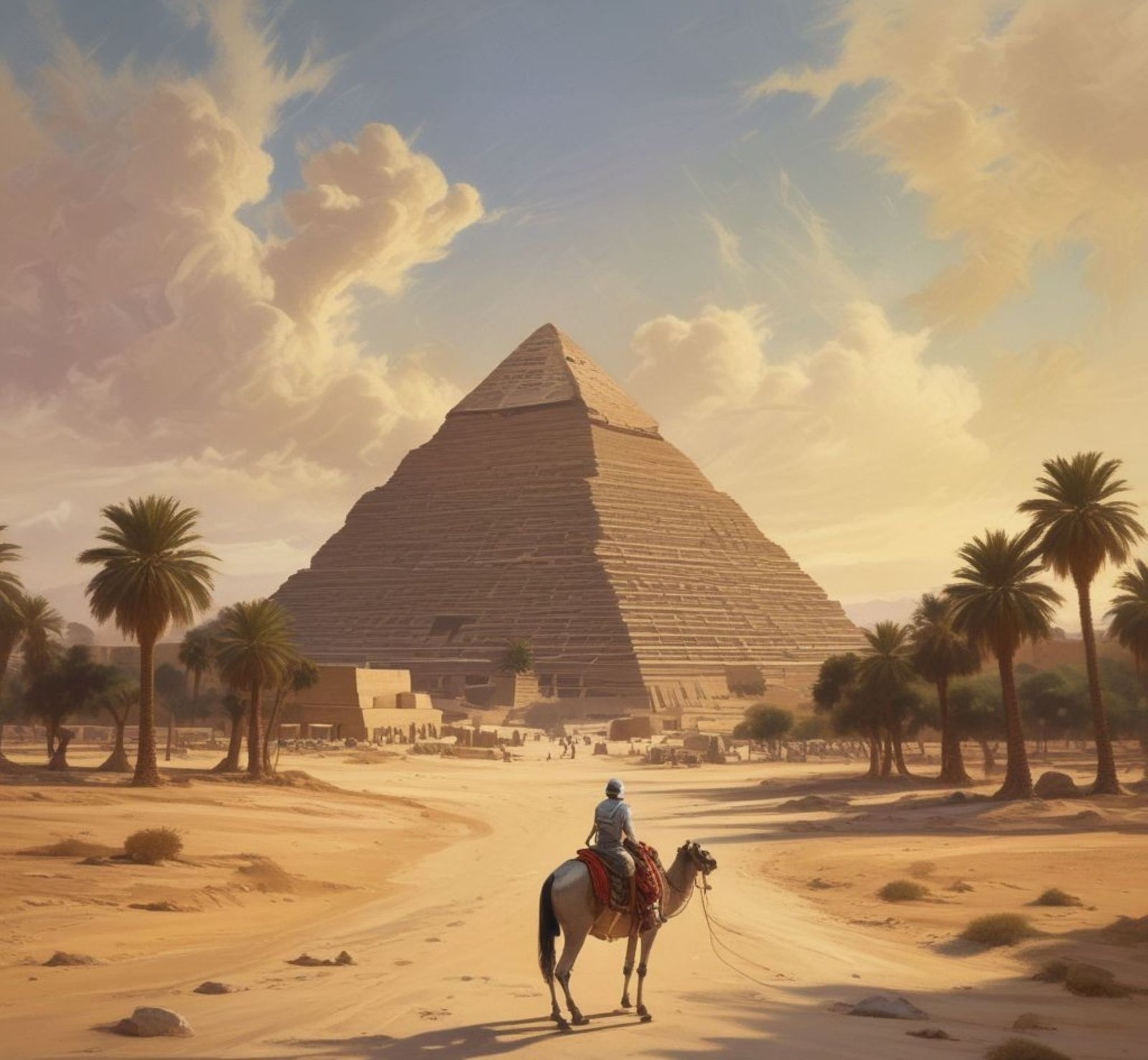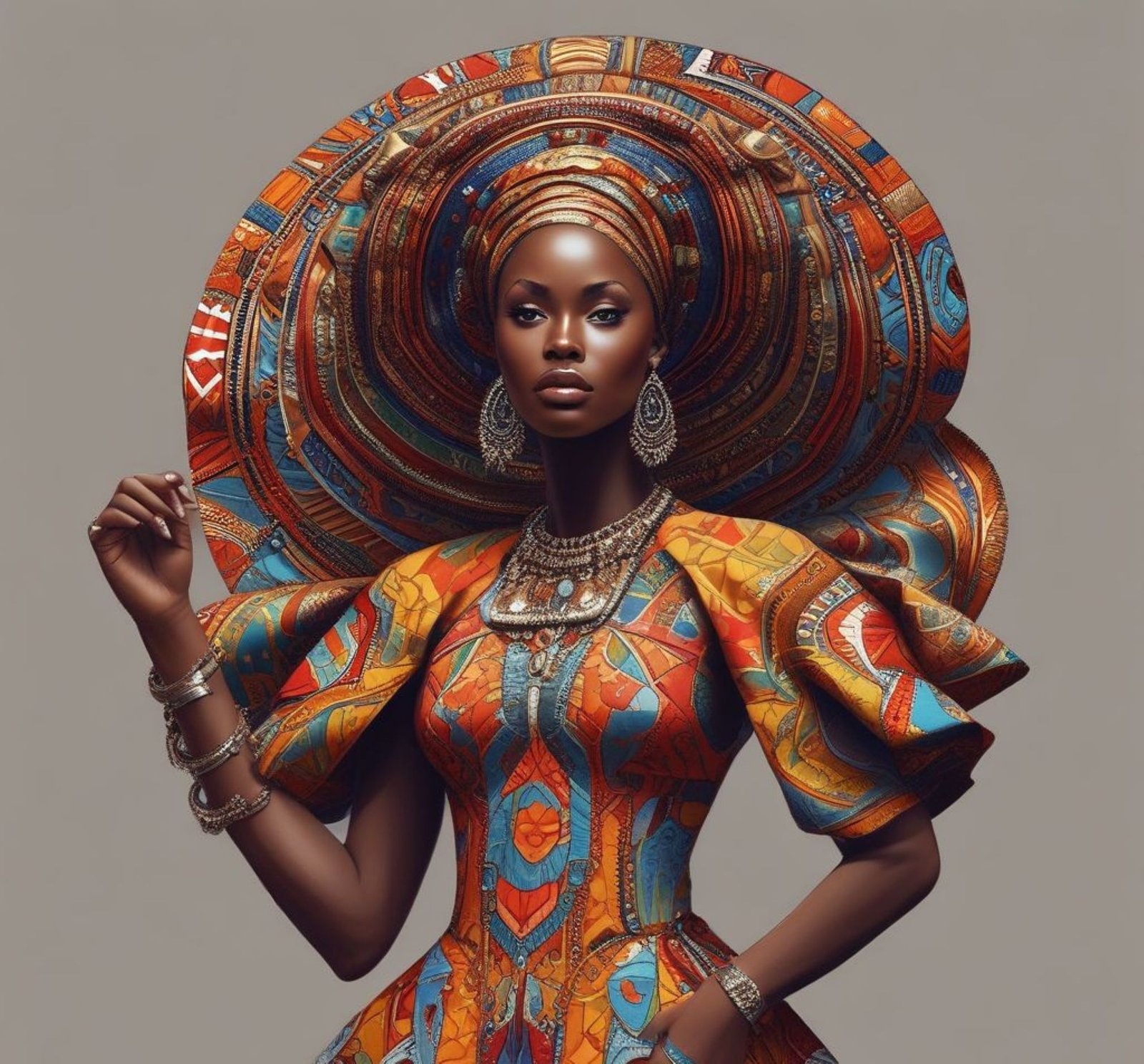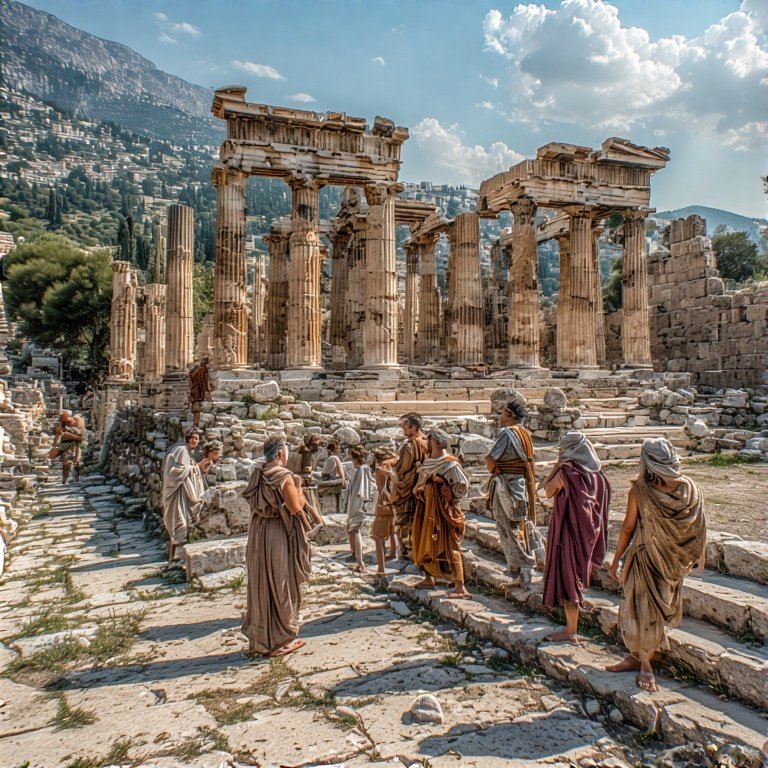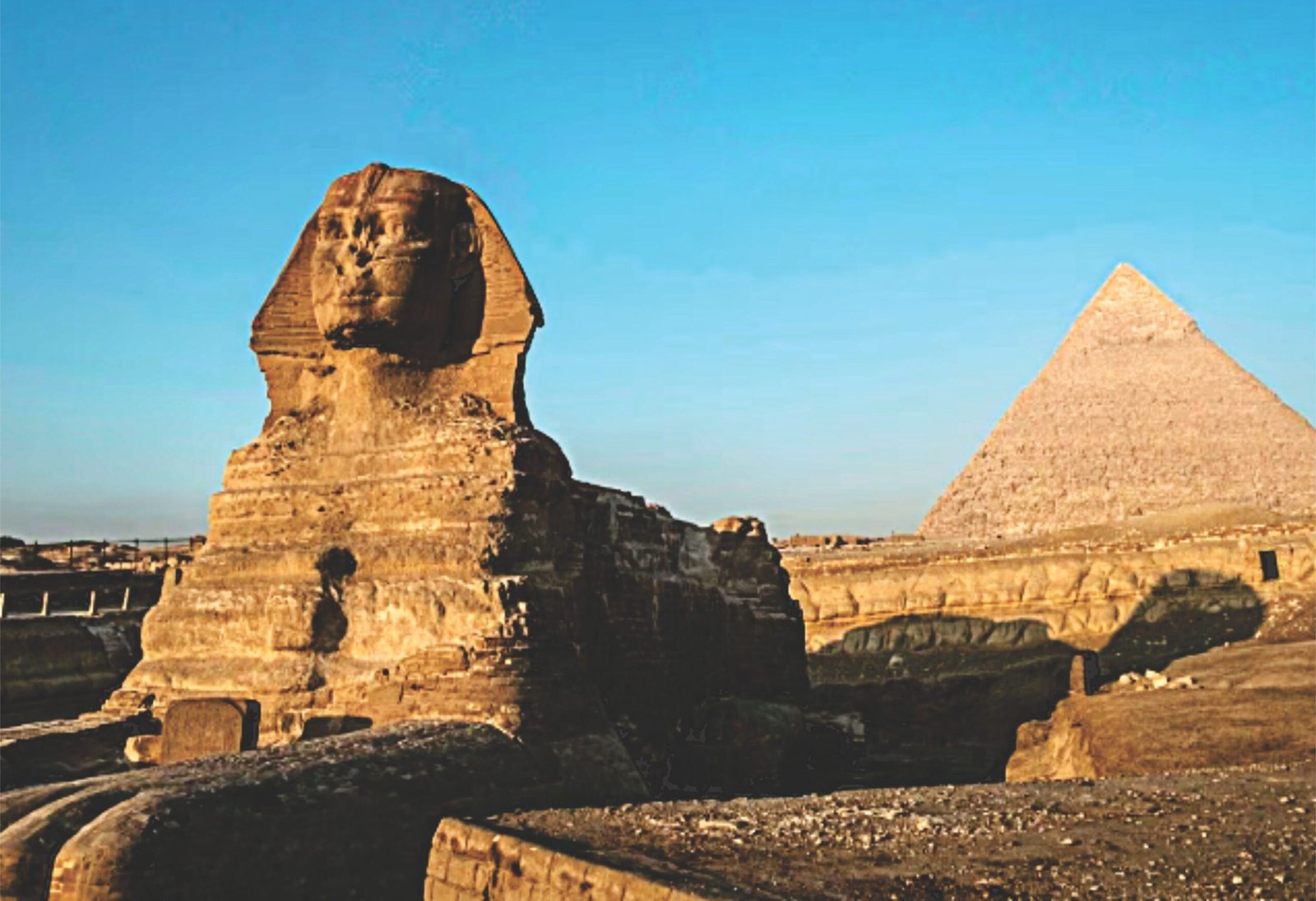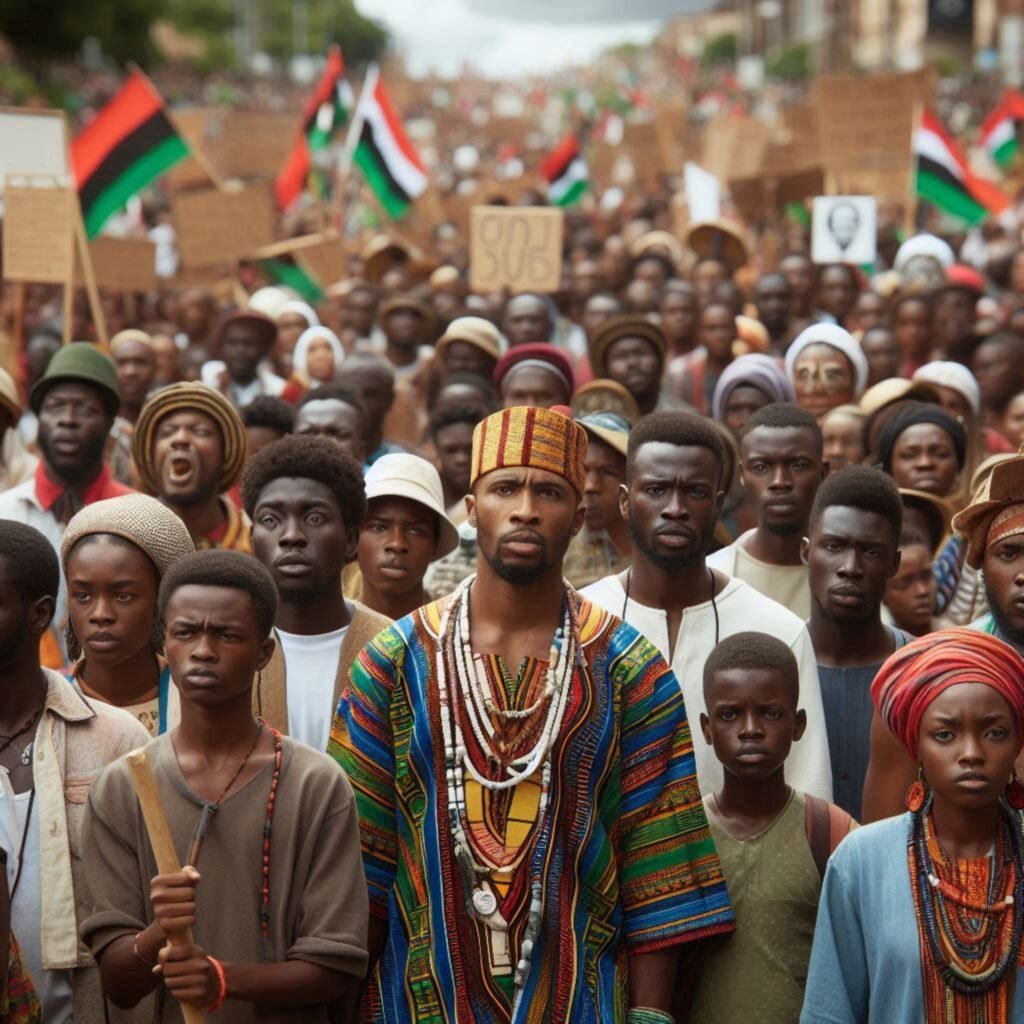BEFORE EGYPT
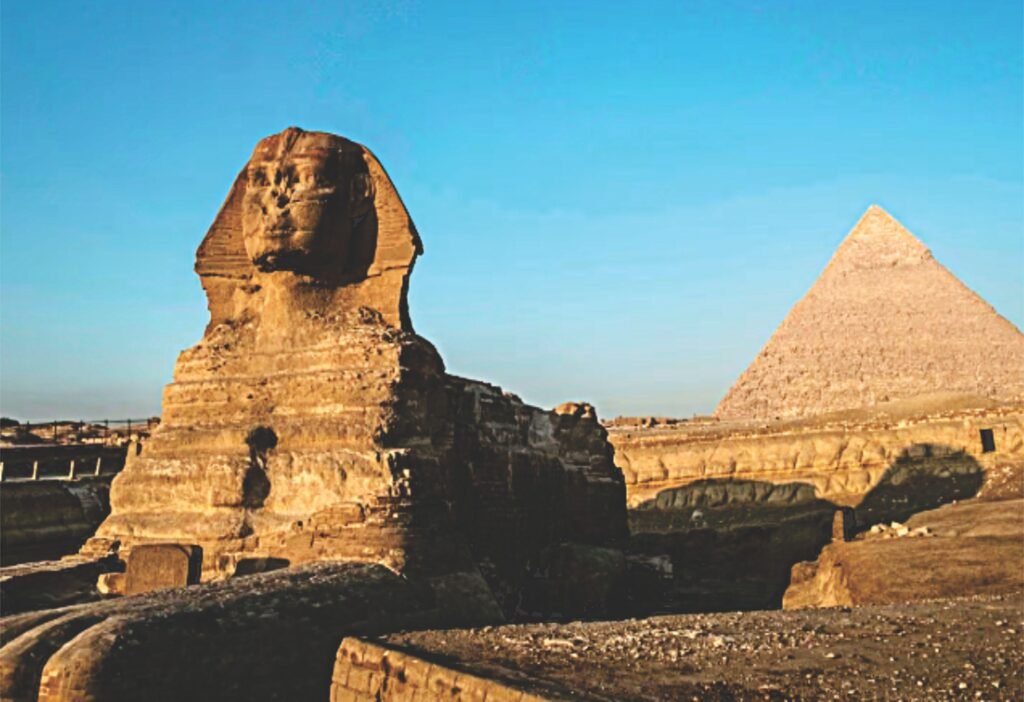

How it All Began
Egypt’s history is meticulously documented in hieroglyphics, inscribed on temple walls and papyrus scrolls, chronicling everything from religious practices to administrative matters through historical records.
Central to this remarkable endurance is the unique method by which records were maintained—etched not merely onto fragile materials that decay with time, but inscribed in stone. This deliberate choice of medium has provided an unyielding foundation for the transmission of knowledge and traditions across generations.When exploring the rich tapestry of ancient African civilizations, it is pivotal to recognize that they were not confined to the present-day borders of modern nations but rather spanned expansive regions of the continent. Among these, Egypt often emerges as a focal point, recognized for its monumental achievements and lasting legacy. However, to fully appreciate the context of Egypt’s civilization, one must also turn their gaze towards its neighbors and how they contributed to the broader narratives of African history.
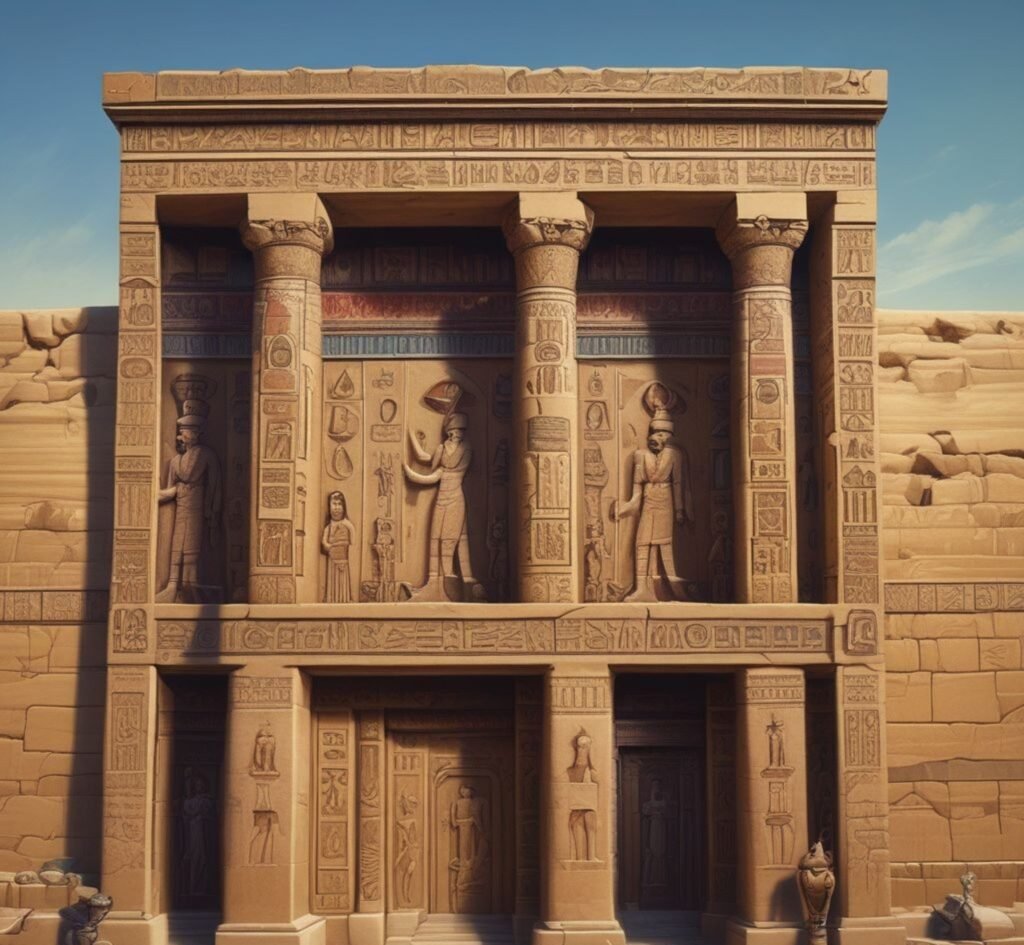
The Hieroglyphics
Egypt, renowned for its pyramids, hieroglyphs, and pharaohs, was the last stop in a progression of complex societies that emerged along the eastern front of Africa. This journey begins well before the Age of the Pharaohs, with civilizations that laid the groundwork for monumental developments in agriculture, trade, and governannce.
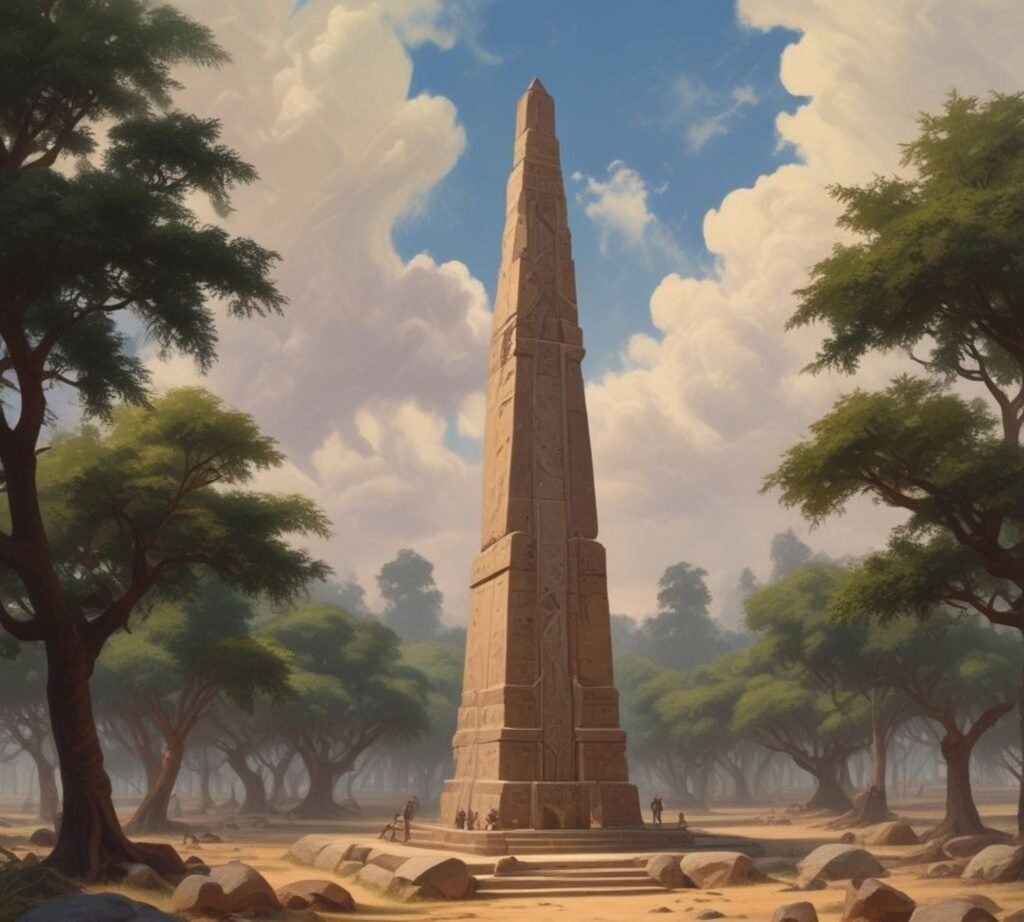
The Ethiopian Obelisk
To the south of Egypt lies Ethiopia, home to the ancient Kingdom of Aksum, which thrived from around 100 AD to 940 AD. Aksum was a powerful empire known for its monumental obelisks, impressive architecture, and as a trading hub between the Mediterranean and the Indian Ocean.
This civilization was notably one of the first to adopt Christianity as a state religion in the 4th century, showcasing a crucial cultural evolution that paralleled that of Egypt. Further to the west, one might consider the ancient societies that flourished in modern-day Uganda and the surrounding regions. The kingdom of Buganda, although emerging significantly later, has roots that stretch back to ancient times, with powerful monarchs and a series of intricate clan structures that influenced the social and political hierarchies of the region.
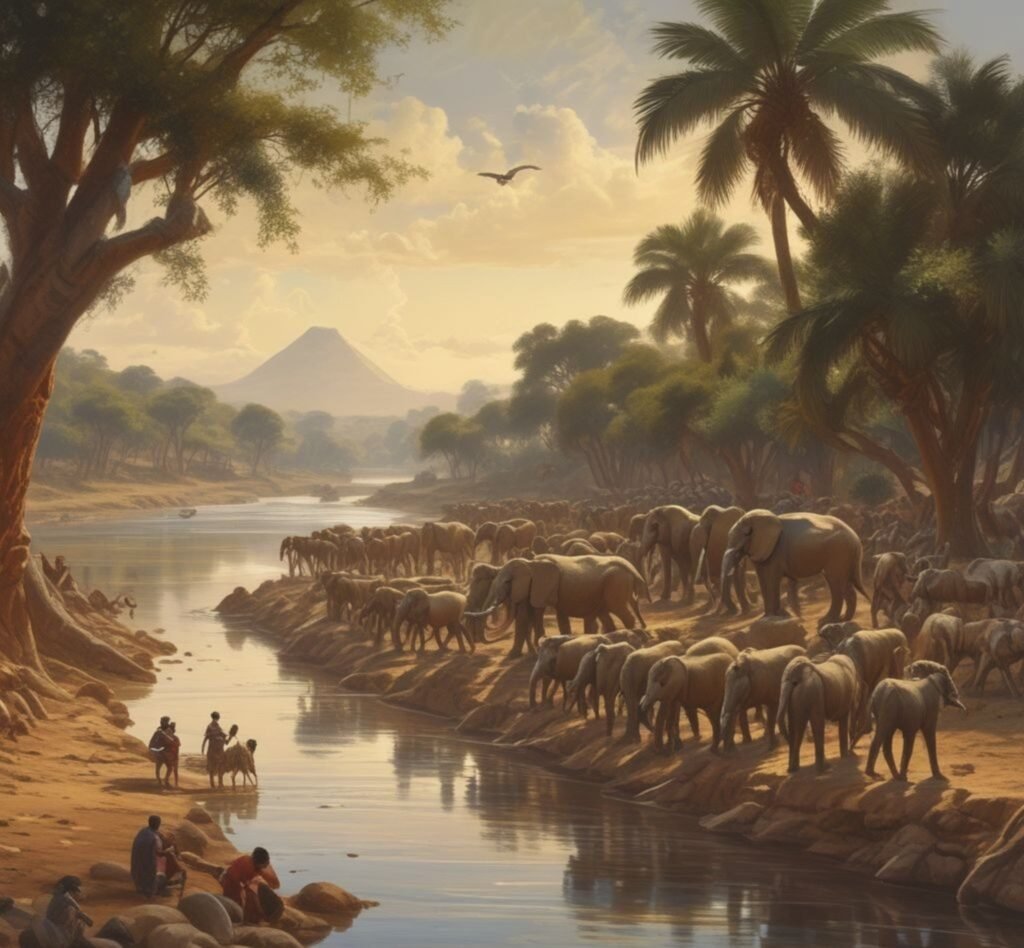
The Bantu Migration
The Bantu migrations, which began around 1000 BC, brought about significant agricultural advances and the spread of iron-working, marking a transformative period that began to connect the regions further to the east.
Moving east, we find Somalia, which boasts a history of ancient trading civilizations such as the Puntites, known to the Egyptians as a land of wealth, resources, and exotic goods. The narratives of trade with ancient Egypt illustrate the interconnections between these civilizations, revealing a web of commerce and cultural exchange that underpins the history of the Horn of Africa.
Beyond Somalia, the great lakes region, which encompasses parts of modern Tanzania, offers insights into civilizations that thrived long before colonial influences reshaped the continent. The region that includes Tanganyika was home to various chiefdoms and societies that engaged in fishing, agriculture, and trade that spanned across East Africa. The integration of different cultures and influences helped shape the unique identity of these societies.
Thus, while Egypt stands as a pinnacle of ancient civilization in many discussions, it is essential to view it as part of a larger and vibrant picture of African history. From the monumental achievements of Aksum to the rich trade networks of Somalia and the societal structures in Uganda and Tanganyika, these ancient civilizations collectively forged a narrative that speaks to the diversity and complexity of human development on the African continent. Each played a crucial role in the advancement of culture, technology, and trade, creating a legacy that endures to this day, reminding us that the history of Africa is one rich with shared heritage and interconnectedness.







